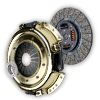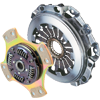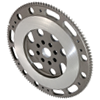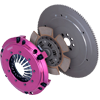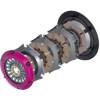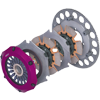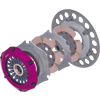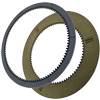-

- Corporate
- Products
- Technical
- Dealers
- Contact Us
-
- Eng
Let's Talk Torque
Posted on Fri 11th Aug 2017
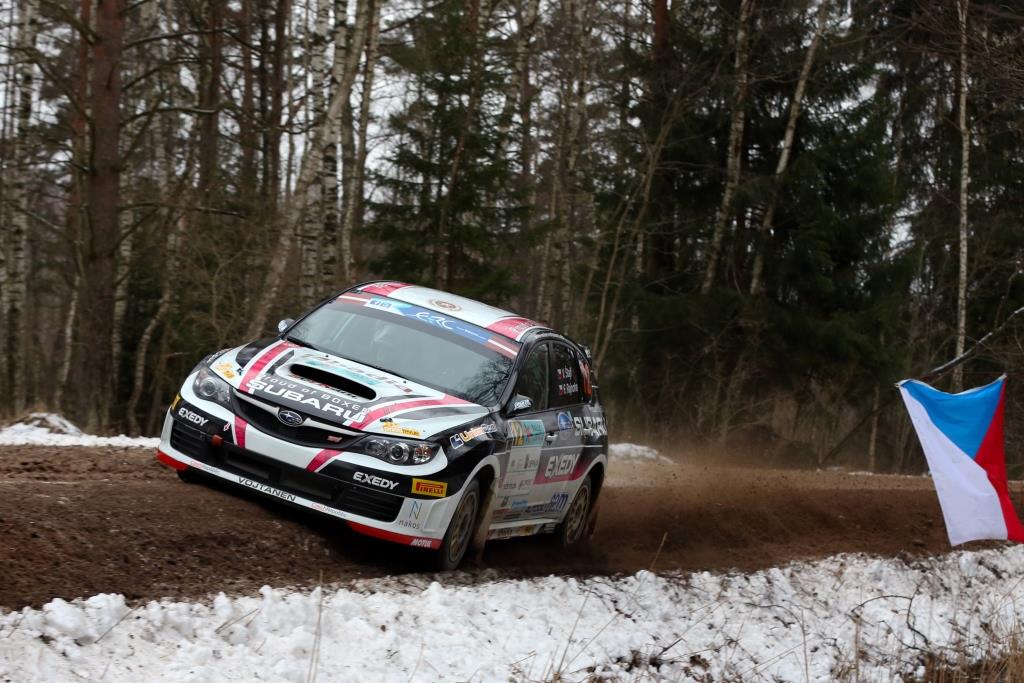
Why we use torque, and not BHP, to select an EXEDY Racing Clutch
The primary reason to consider changing your standard clutch for an uprated item is to handle an increase in engine power output. We are often asked "what is the best clutch for my Subaru Impreza with 360 BHP?" or "do you sell a clutch for a Nissan Skyline which can handle 800 BHP?" Whilst it is entirely possible to calculate the power capacity of any clutch system in these terms, to do so accurately requires more detailed knowledge about the vehicle and complex mathematical calculations.
It is much simpler, more accurate and safer to use the vehicle's engine torque output figure. It is this figure which automotive component manufacturers use to quote clutch power capacities. Unlike horsepower, torque is a direct measure of the engine's turning force, which the clutch friction material has to overcome in order to avoid slipping. Consequently, this is the most accurate way to ensure the clutch is robust enough. Power or BHP is simply a further extrapolation of the torque figure, which also takes into account a given length of time for the engine's work to be done. Put simply, torque is the measure of work done by the engine, whereas power is the rate of work done by the engine.
Let's use the Subaru WRX STi (GDF / Hawkeye) as an example. User A and User B have the same vehicle with the same BHP. For this vehicle EXEDY has sixteen products available, designed to accommodate a variety of power outputs and driving disciplines. The table below highlights the risks involved in providing a customer with a clutch based on BHP. This demonstrates the absolute need to consider torque capacity (as the primary reason) and driving style (as the secondary reason) when recommending a clutch:
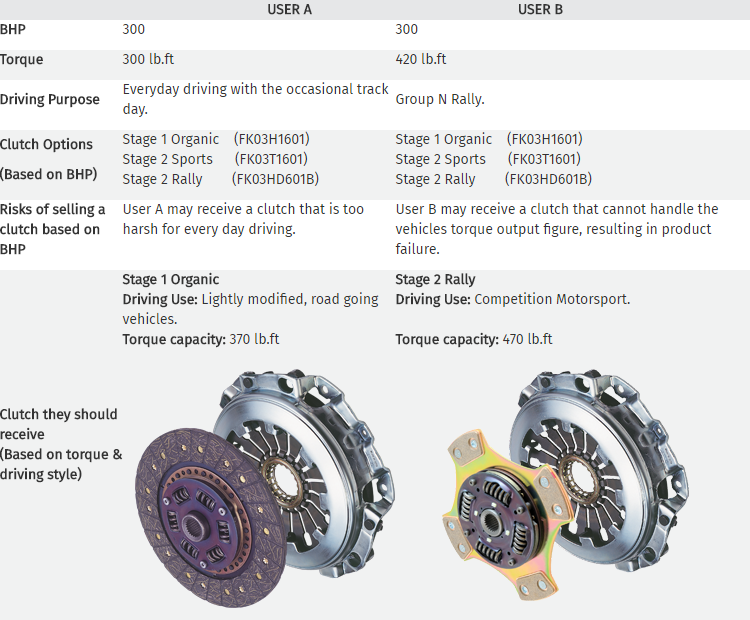
EXEDY always recommends that its distributors sell to their customers based on torque capacity. Anyone in the performance industry who does not do so may be advising their customer incorrectly. If an end user is advised on a suitable clutch for their vehicle based on BHP, there is an inherent danger that: a) the clutch is not suitable for the vehicles driving purpose and b) the clutch cannot handle the engine's torque output. If the end user states their torque (and driving purpose) upon enquiry, EXEDY, or an official EXEDY distributor, will be able to recommend the most suitable clutch.
Author: Chris Riley (Technical Dept.)
Published by Andy Nelson
Share this article on:
Blog Search
Recent Posts
-
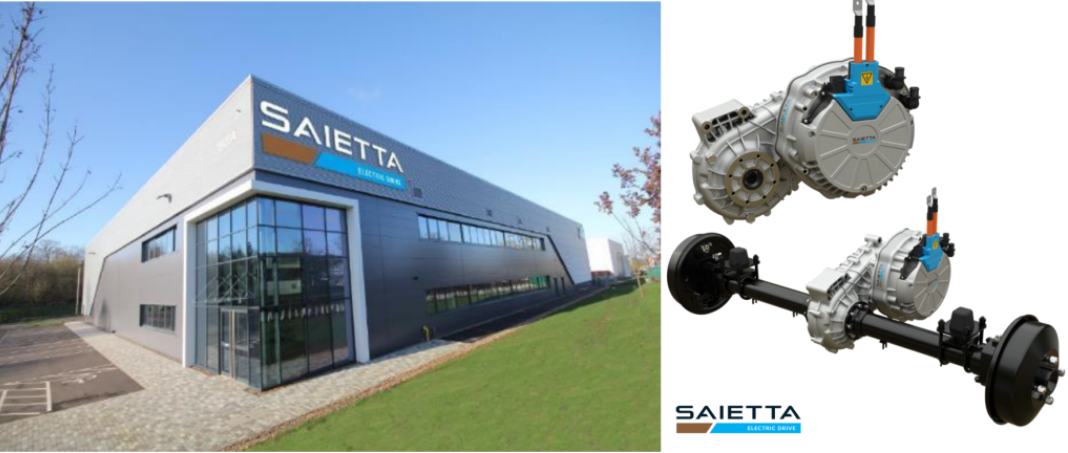
EXEDY has acquired the assets and intellectual property rights of Saietta Group PLC
26-04-2024 37
-

Time Attack - Drift Pro Championship - Racing Honda Championship
22-04-2024 46
-
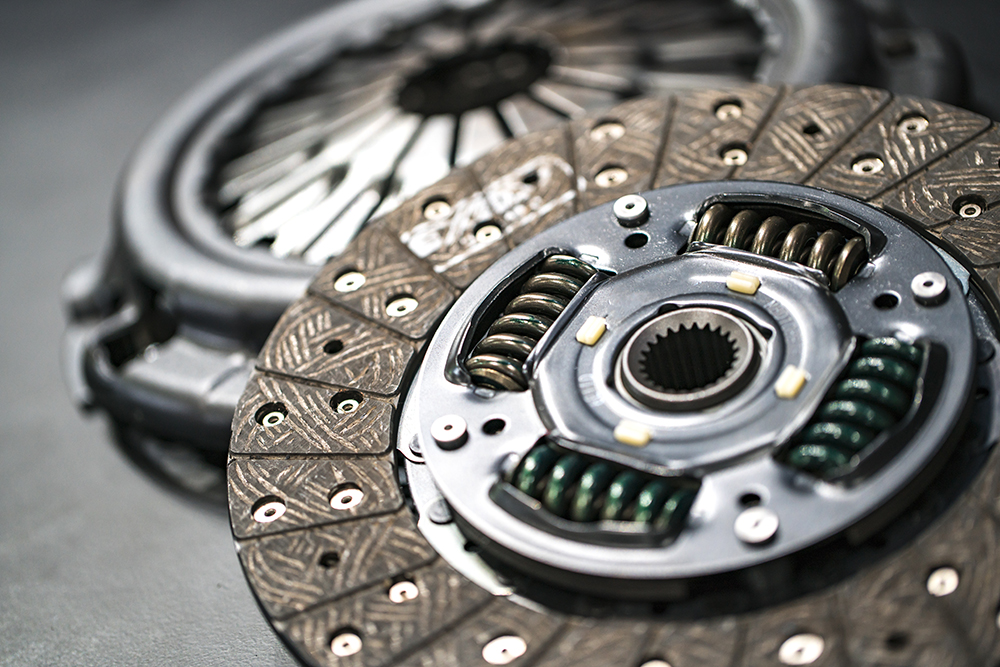
New to Range
08-11-2017 13
-
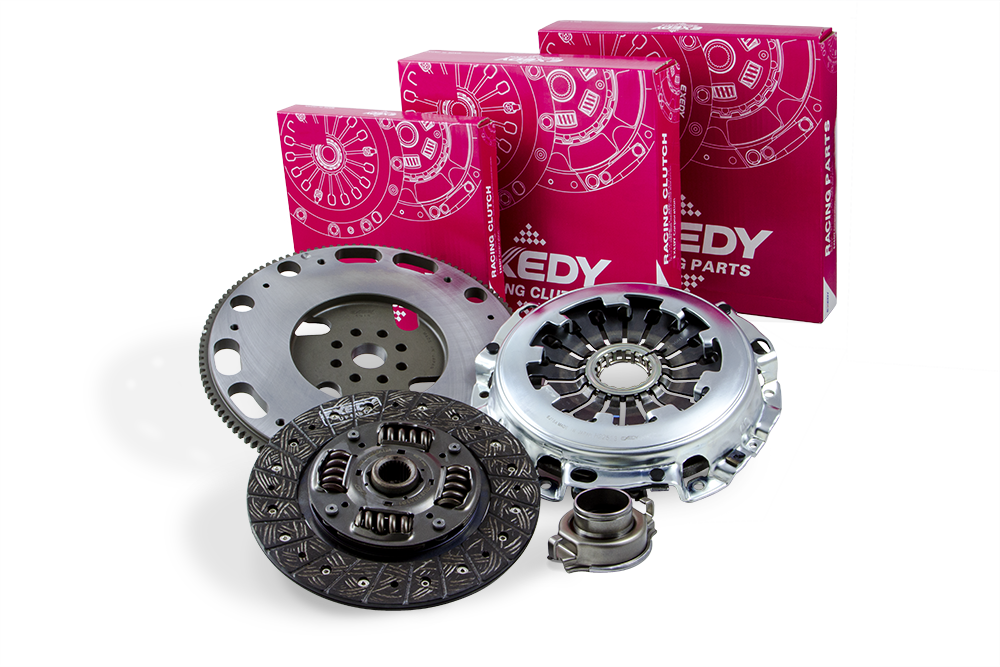
New to Range - Stage 1 Organic Plus
05-09-2017 51
-
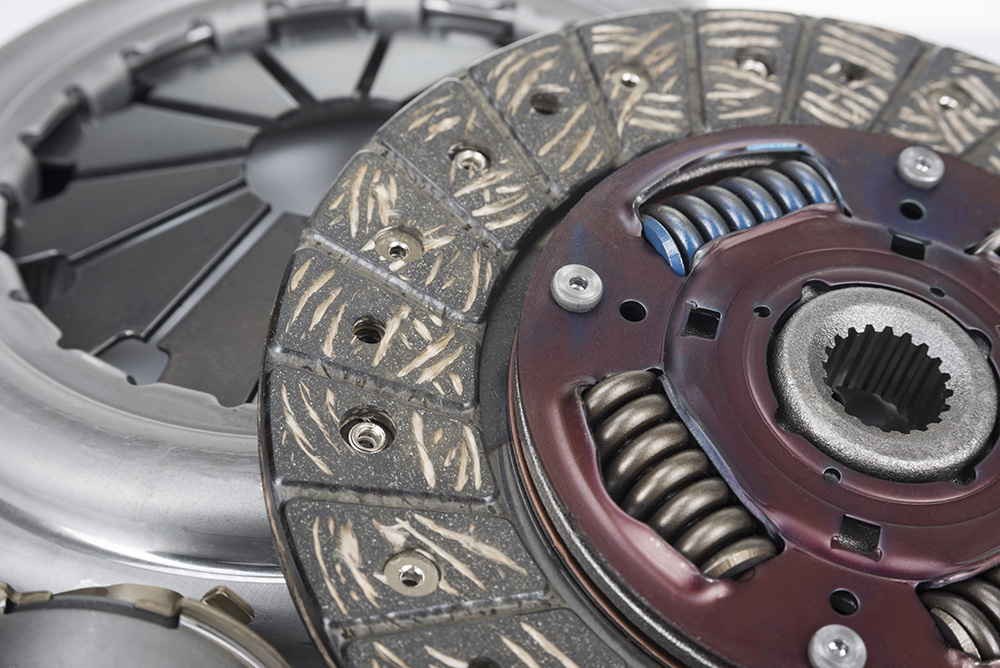
The Difference Between OE and "OE Quality"
21-08-2017 27
Office open hours
MON - FRI: 8:30AM - 5PM
Company Contact Details
-
- EXEDY Clutch Europe Ltd.
- Unit 2, Rokeby Court,
- Runcorn,
- United Kingdom,
- WA7 1RW







